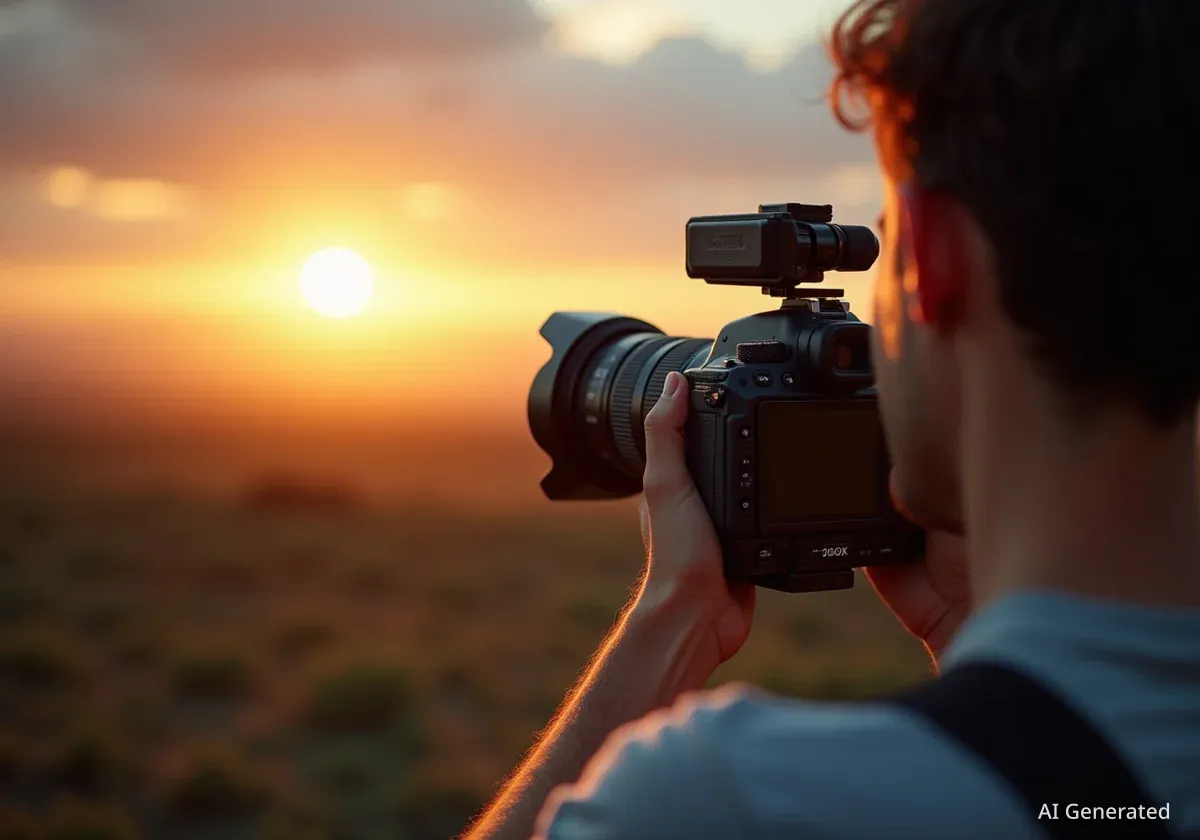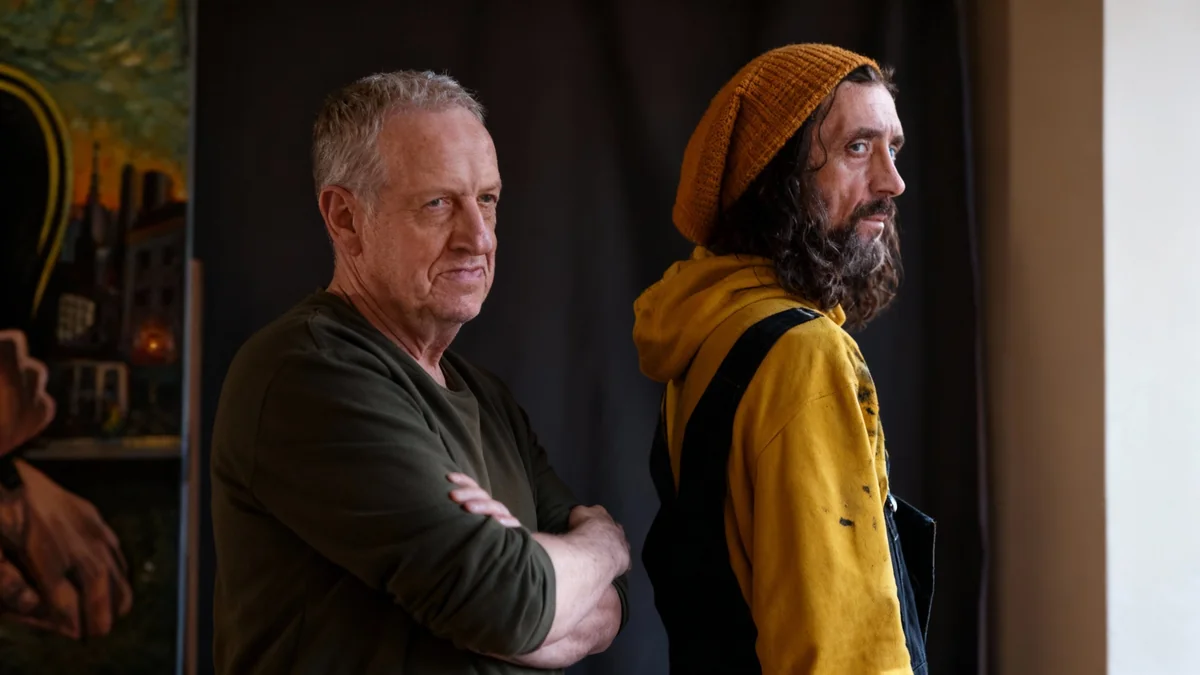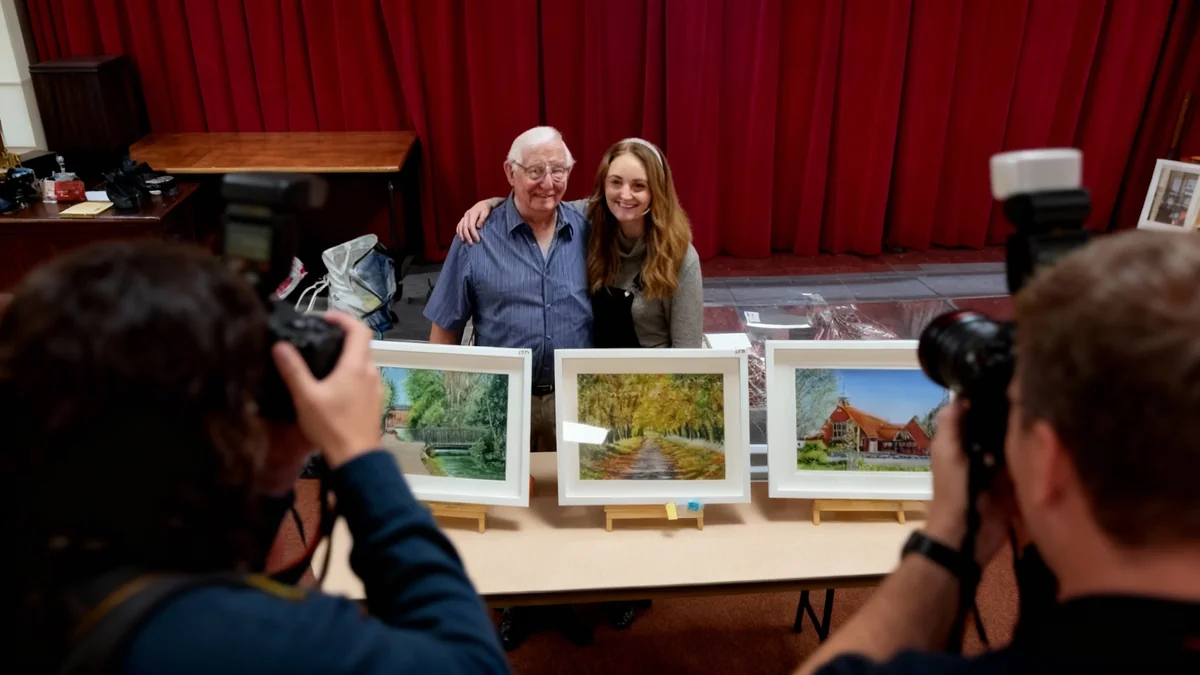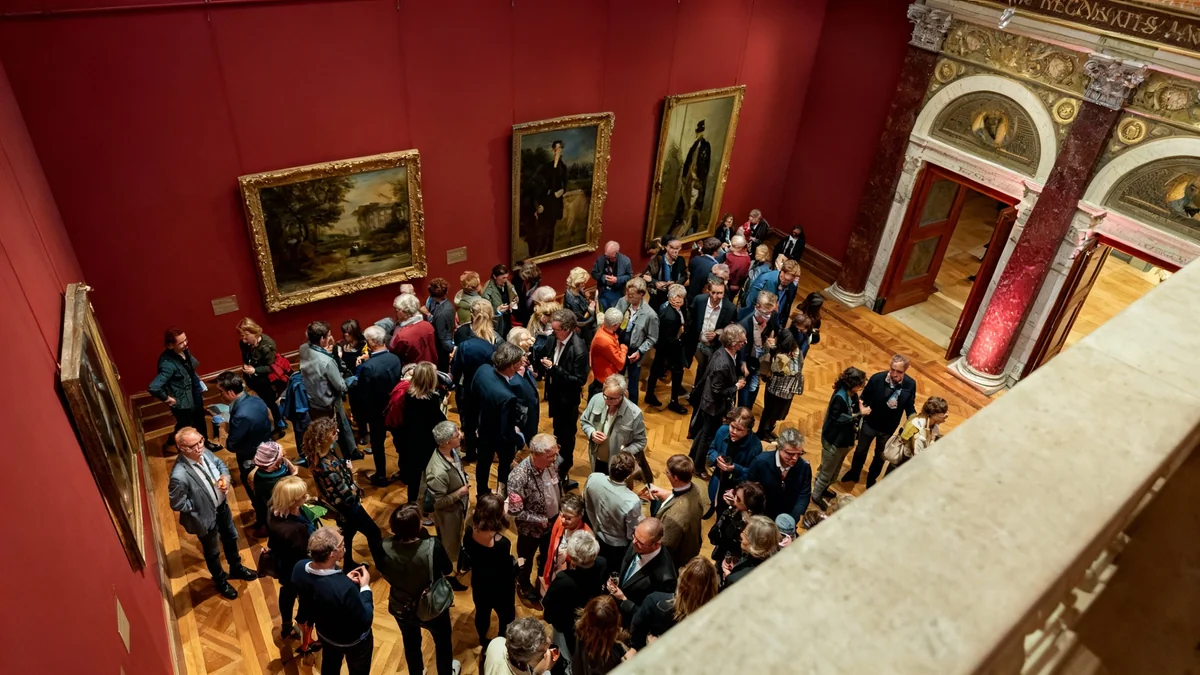Winning photography competitions can boost a photographer's career and portfolio. Many photographers believe exotic locations or expensive equipment are necessary for success. However, a different approach, focusing on personal vision and consistent execution, has proven effective. This method emphasizes deep engagement with a chosen subject, developing a clear visual concept, and presenting work as a cohesive series rather than individual shots.
Key Takeaways
- Passion for a subject is more important than exotic locations.
- A clear visual concept and consistent style are crucial.
- Submitting a series of images tells a stronger story than single photos.
- The narrative behind the pictures adds significant value.
- Strategic category selection can improve winning chances.
Find a Topic That Truly Engages You
A successful photograph begins with an idea that connects with the photographer. This personal connection drives the creative process and helps produce images that resonate with viewers. For example, wind turbines have fascinated photographer Albrecht Voss for years. He observed them during his travels in Germany, noting their size and silent movement. This led him to see them as symbols of technology, sustainability, and landscape change.
His initial step involved extensive research. He located the largest wind farms in his region and studied them under various lighting and weather conditions. This was not just about aesthetics. It was about understanding the subject's presence, impact, and environment. This deep understanding informs the final images.
Fact: Personal Connection
Photographers who are genuinely passionate about their subjects tend to invest more time, energy, and patience. This commitment often translates into images with greater depth and originality, which juries notice.
To apply this strategy, photographers should identify subjects that have long captivated them, beyond current trends. Research specific locations, objects, or situations related to that topic. When a subject genuinely interests a photographer, the resulting work gains personality and recognition value. This provides a significant advantage in any competition.
Develop a Clear Visual Concept
A theme alone is not enough; a clear visual concept is essential. This concept provides a guiding vision that unifies a series of images. For Voss's wind turbine project, the direction emerged during a chance encounter. He photographed a frozen winter landscape covered in fog, with turbines appearing like sculptures. This experience defined his series' focus: reduction, stillness, and sculptural presence.
Photographers can adopt this approach by choosing a specific mood, weather condition, or time of day that highlights their subject's uniqueness. Committing to a visual idea, such as minimalism, symmetry, or dramatic contrasts, helps maintain consistency. The project should evolve over time until a coherent visual language becomes apparent.
"Juries don’t want ten random ‘nice shots.’ They want a clear, coherent concept, and that’s exactly what will make your work stand out."
Experimentation is key to finding an image style that complements the chosen theme. A consistent visual concept ensures that the work is perceived as intentional and professional, which are qualities highly valued by competition juries.
Cultivate a Recognizable Style
A photographer's style serves as their unique signature. For Voss, inspiration came from fine art photographer Bastiaan Woudt, known for his minimal, sculptural black-and-white work. Initially, Voss believed this style was far removed from his own colorful architectural landscapes. However, during a foggy morning at a wind farm, he realized he could adapt this clarity to his own work.
To refine a personal style, photographers can make specific editing choices. This might involve opting for black and white, muted color palettes, or bold contrasts. Limiting tools, such as using a single focal length, aspect ratio, or consistent format, can also help. Repetition of form, light, or composition creates visual coherence across a series.
Background: The Power of Consistency
A consistent style makes a photographic series appear deliberate and professional. This professionalism is often what juries look for, as it demonstrates mastery and a strong artistic vision.
Developing a recognizable style ensures that images in a series support each other. This creates a stronger overall impression and helps the work stand out in a competitive environment.
Think in Series, Not Single Images
One strong photograph is often insufficient to win major competitions. Juries frequently seek series that tell a complete story. When editing his wind turbine project, Voss reduced hundreds of files to five core "hero shots." These were supported by secondary images that added rhythm and variety without being repetitive. The most challenging aspect was removing personal favorites that did not contribute to the overall series narrative. This discipline strengthened the final submission.
- Select Key Images: Narrow down to 5–10 main images that function well both individually and as part of a group.
- Balance and Coherence: Ensure a balance between variety and consistency. Each image should add new information or perspective to the story.
- Seek External Feedback: Obtain opinions from trusted photographers, curators, or friends.
- Experiment with Sequencing: Try different arrangements and formats before finalizing the series.
A series demonstrates that a photographer can not only capture images but also construct narratives. This artistic approach is highly valued by competition organizers. It showcases a deeper level of thought and artistic intent.
Tell the Story Behind the Pictures
Many photographers overlook the importance of the narrative accompanying their images. Competitions often require more than just photographs; they ask for series titles, artist statements, and sometimes captions. This written component offers a crucial opportunity to differentiate one's work.
Photographers should dedicate time to reflecting on their projects. Consider what inspired the work, why the subject is personally significant, and what emotions or ideas they want viewers to experience. These thoughts should be refined into a clear, personal statement. Even titles can add depth, whether they are thematic, poetic, or playful.
Statistic: The Impact of Narrative
According to feedback from competition judges, a well-crafted artist statement and compelling titles can significantly enhance how a photographic series is perceived, making it more memorable.
A strong submission, complete with a well-articulated story, makes the work memorable. This can leave a lasting impression on the jury long after they have reviewed other entries. Additionally, strategic category selection can increase chances of success. Categories like landscape and portrait are often overcrowded. Submitting work to less common categories, such as architecture, sustainability, or still life, if appropriate, can provide a competitive edge. Many strong projects fail simply because they are entered into the wrong category.
Conclusion: Build Stories, Not Snapshots
These five steps offer a roadmap from initial idea to award-winning series. The core principles are straightforward: start with a personally engaging theme, develop a strong visual concept, maintain a consistent style, think in terms of series, and articulate the story behind the images. This approach guided Albrecht Voss's project, "Eternal Echoes," from casual observations of wind farms to an internationally recognized and awarded series.
Success in photography competitions does not require a large team, a substantial budget, or exotic travel. Instead, it demands curiosity, focus, and the willingness to delve deeply into a chosen subject. By following these principles, photographers can significantly increase their chances of winning awards and gaining recognition.




